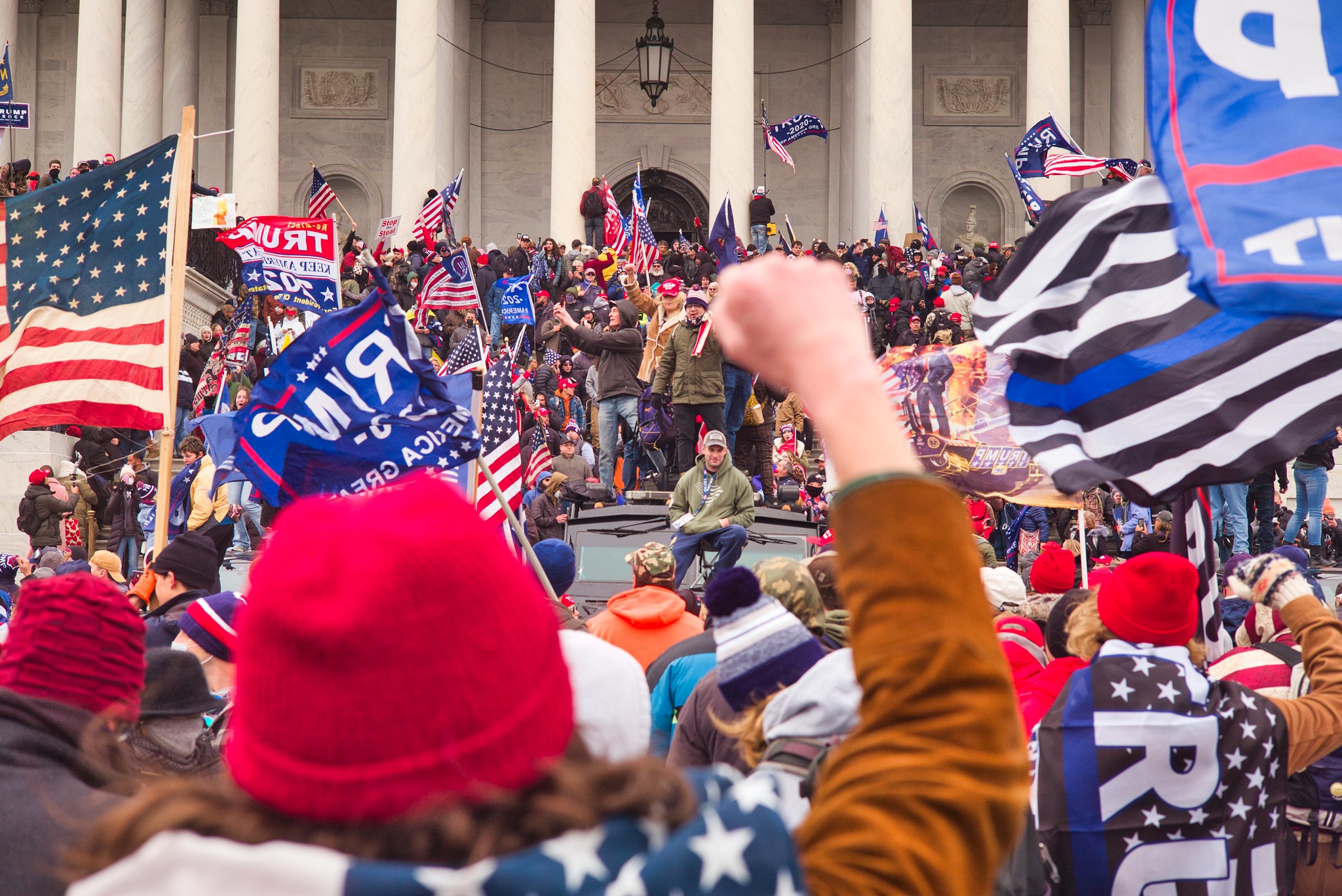The Government's Abu Khatallah Detention Memo
Get yer copy right here. Highlights:
In the days before the Attack, the defendant voiced concern and opposition to the presence of an American facility in Benghazi. On September 11, 2012, at approximately 9:45 p.m., a group of twenty or more armed men assembled outside the United States Special Mission in Benghazi (“Mission”) and then aggressively breached the Mission gate.
Published by The Lawfare Institute
in Cooperation With

Get yer copy right here. Highlights:
In the days before the Attack, the defendant voiced concern and opposition to the presence of an American facility in Benghazi. On September 11, 2012, at approximately 9:45 p.m., a group of twenty or more armed men assembled outside the United States Special Mission in Benghazi (“Mission”) and then aggressively breached the Mission gate. Several Benghazi-based AAS members have been identified among this group, many of whom are known associates of the defendant. The initial attackers were armed with AK-47-type rifles, handguns, and rocket-propelled grenade launchers. After the initial breach, the attackers stole a Mission vehicle, forcibly entered and damaged Mission buildings, and stole Mission property. During this initial attack, buildings within the Mission were set on fire. The fires that were set during the attack ultimately led to the deaths of Ambassador J. Christopher Stevens and Information Management Officer (“IMO”) Sean Patrick Smith. The remaining DOS personnel were able to escape to a nearby U.S. facility, known as the Annex. It also soon came under attack, which continued throughout the early morning hours of September 12, 2012, culminating in a precision mortar attack that resulted in the deaths of Security Officers Tyrone Snowden Woods and Glen Anthony Doherty. Shortly after the U.S personnel evacuated from the Mission, the defendant entered the compound and supervised the exploitation of material from the scene by numerous men, many of whom were armed. Following the attack on the Mission, the defendant returned to an AAS camp in Benghazi, where a large group of armed AAS members began assembling for the attack on the Annex. In the days that followed the Attack, the defendant attempted to obtain various types of equipment, including weapons, to defend himself from feared American retaliation for the Attack. The defendant also took other steps to protect himself against a future U.S. capture operation. For example, in late 2013, the defendant expressed anger that the U.S. conducted a capture operation of a Libyan fugitive in Tripoli, and the defendant took steps to retaliate against the U.S. by targeting U.S. interests in the region. The defendant also expressed concern that the U.S. might try to capture him in Libya and, as a result, he increased his personal security. The defendant has continued to make efforts to target American personnel and property since the Attack and discuss with others his deadly and destructive intentions. As a commander in an extremist militia group who is fully committed to causing death and destruction to American personnel and property, the defendant could continue to communicate his plans for additional deadly attacks to other extremists and encourage them to carry out those plans, if not detained. The defendant has extensive contacts with senior-level members of extremist groups throughout Libya and many of the groups’ other members, including his close associates who participated in the Attack, and those individuals are similarly dedicated to carrying out plots to attack American and Western interests. The defendant’s possession of a loaded firearm at the time of his capture is further indication of his proclivity for violence. Without the defendant’s detention, he could communicate and further conspire with many of those extremist individuals. In short, there is no condition or combination of conditions that will reasonably assure the defendant’s appearance in Court and assure the safety of any person and the community. This inescapable conclusion is based on the defendant’s demonstrated and continued interest and actions to harm American personnel and property, which have already led to the deaths of American citizens and the destruction of American property in Benghazi. This conclusion is also based on his significant relationships with active leaders and members of extremist groups in Libya, including AAS, who are similarly bent on harming American personnel and property. Given the defendant’s proclivity for violence as well as his ability to readily communicate with other similar-minded individuals, as demonstrated by his status as a commander of an extremist brigade, his detention is the only means available to neutralize that threat.
Benjamin Wittes is editor in chief of Lawfare and a Senior Fellow in Governance Studies at the Brookings Institution. He is the author of several books.




.jpg?sfvrsn=d5e57b75_5)
